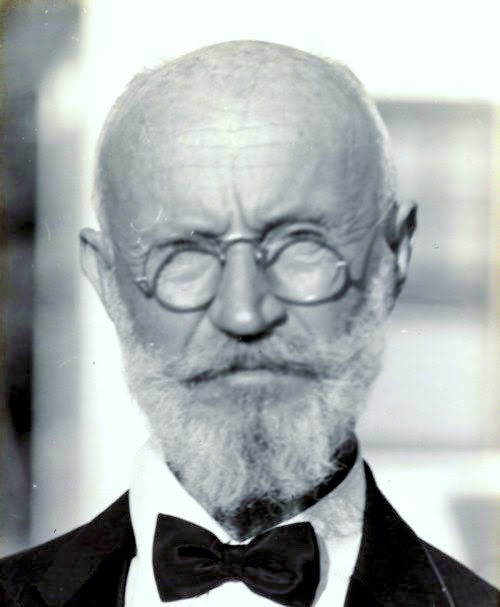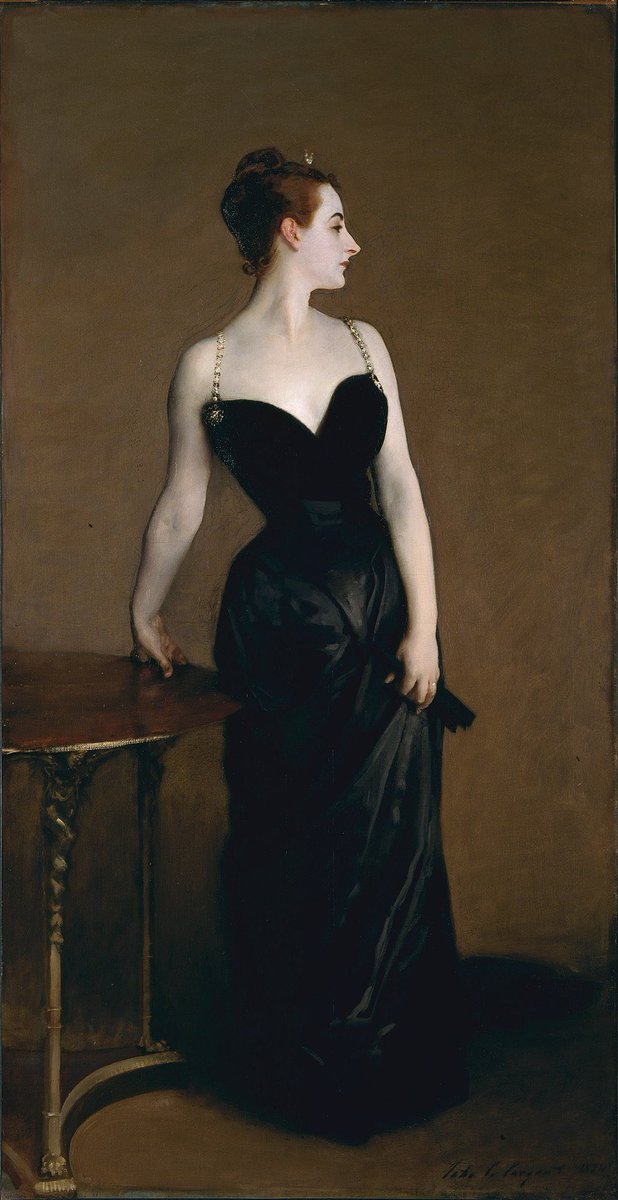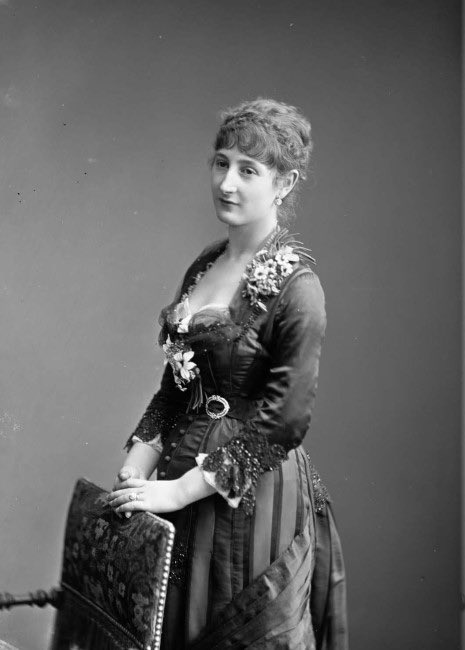
Munchausen syndrome (or factitious disorder) is a disorder where a person fakes illness. The name comes from Rudolf Erich Raspe’s 1785 fictional character Baron Munchausen - but he was based on a real person.
Thread.
Thread.

Hieronymus Karl Friedrich von Münchhausen (1720-97) fought for the Russian Empire in the Russo-Turkish War of 1735–1739. After retiring, he became famous for his outrageous stories about his time in the army. 

He wasn’t looked on so much as a liar, as a fantastic storyteller - even royalty came to listen to him. After hearing him, Raspe (who was a bit of a git all round) wrote his stories down and published them anonymously in England. 

The poet Gottfried August Bürger (1747-1894) translated the work & added another 8 stories. Eventually, Raspe’s book was published in German under the title...
“Marvelous Travels on Water and Land: The Campaigns and Comical Adventures of the Baron of Münchhausen as commonly told over a bottle of wine at a table of friends”. 

The books became a huge success and Münchhausen was rightly pissed off that he had been turned into a character without permission & tried to sue, but couldn’t because the work was anonymous. Raspe was only identified as the author after he died. 

In 1790, Münchhausen's wife Jacobine von Dunten died. Four years later, at the age of 74, he married 17yo Bernhardine von Brunn. It’s said on their wedding night, Münchhausenwent to bed early & Von Brunn spent the night dancing with various army army officers. 

Almost immediately after they married, Von Brunn said she was unwell & moved up for the the spa town of Bad Pyrmont for ‘her health’. Locals at the town said she spent most of her time partying & having fun. 

9 months after arriving in the town, Von Brunn gave birth to a daughter, Maria Wilhemina. Münchhausen denied the child was his & filled for divorce. 

Von Brunn has long been painted as the gold-digging, villain of the piece, but she was likely pressured into the marriage by her family. Münchhausen attracted little criticism for marrying a teenager. 

Divorce was not an easy or cheap option & Münchhausen spent the last years of his life in divorce proceedings and alimony litigation.
Thanks to the books, he had became a reluctant tourist attraction & was forever moving crowds away from his house. He died alone in Bodenwerder in 1797. 

PS: I have been trying to find out what happened to Von Brunn after the divorce but most of the records are in German & my GCSE German can’t translate them - so if anyone has info on her fate, do tweet it below. X
• • •
Missing some Tweet in this thread? You can try to
force a refresh
















